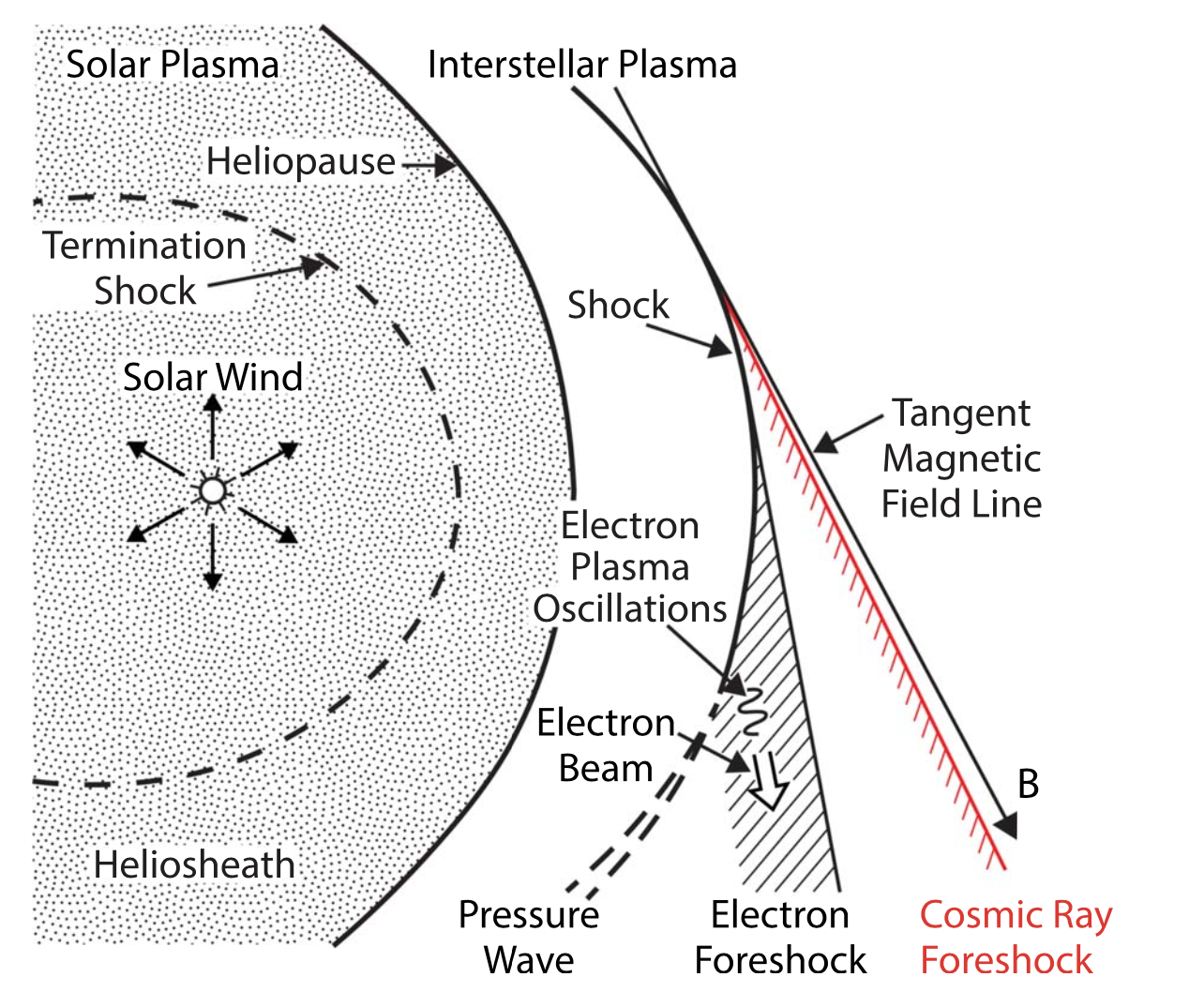MISSION VOYAGER! FOUND a new type of ELECTRON BURST
As we know Voyager 1 and 2, that is space probe was launched in the year 1977 by NASA. It was launched for the purpose to study outer space.
It has been more 40 years after leaving the Earth but also these spacecraft are making new discoveries. It can still detect the bursting of cosmic rays from the sun.NASA has been stated that it will last in the year 2025.
In the recent study, it has been observed by a team of physicists that has now revealed the first bursts of cosmic rays in interstellar space. These detections are made by Voyager 1 and 2, when they are onboard, continuing their journey outside the interstellar space.
 |
Credits: ESA&NASA/SOHO |
According to Don Gurnett, professor emeritus in physics and astronomy at Iowa and the study's corresponding author says that what we can see here is the only mechanism. He also said that when the shock waves first contact the magnetic field of outer space it will reflect and accelerates some of the cosmic rays.
The surface of the sun always generates a solar wind that is the stream of charged in the form of Plasma. Heliosphere around the solar system helps in determining the boundary of SOLAR SYSTEM.
Beyond the sun's magnetic field, in the cold of interstellar space where conditions/temperature are vastly different from our EARTH, It is not clear that solar plasma or cosmic rays manage to go this much far with the shock wave,
But anyhow, these voyager probe helps us a lot in exploring out the world.
 |


